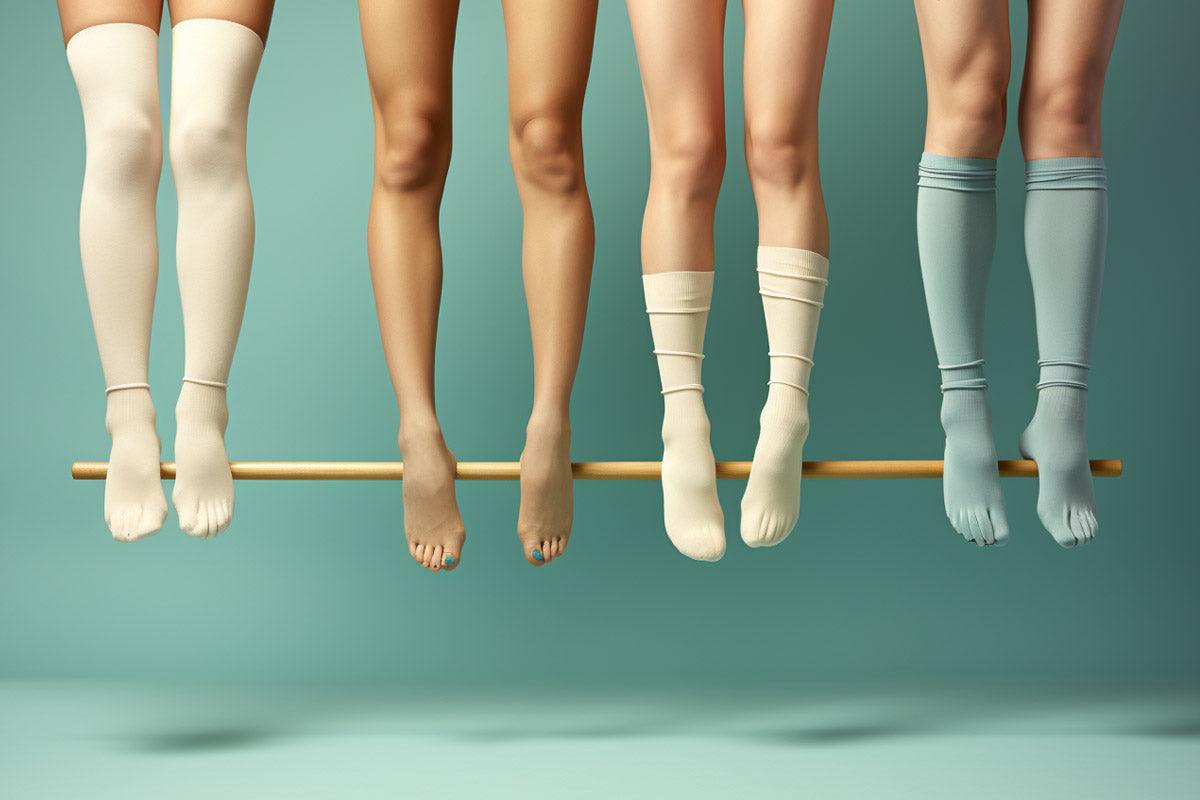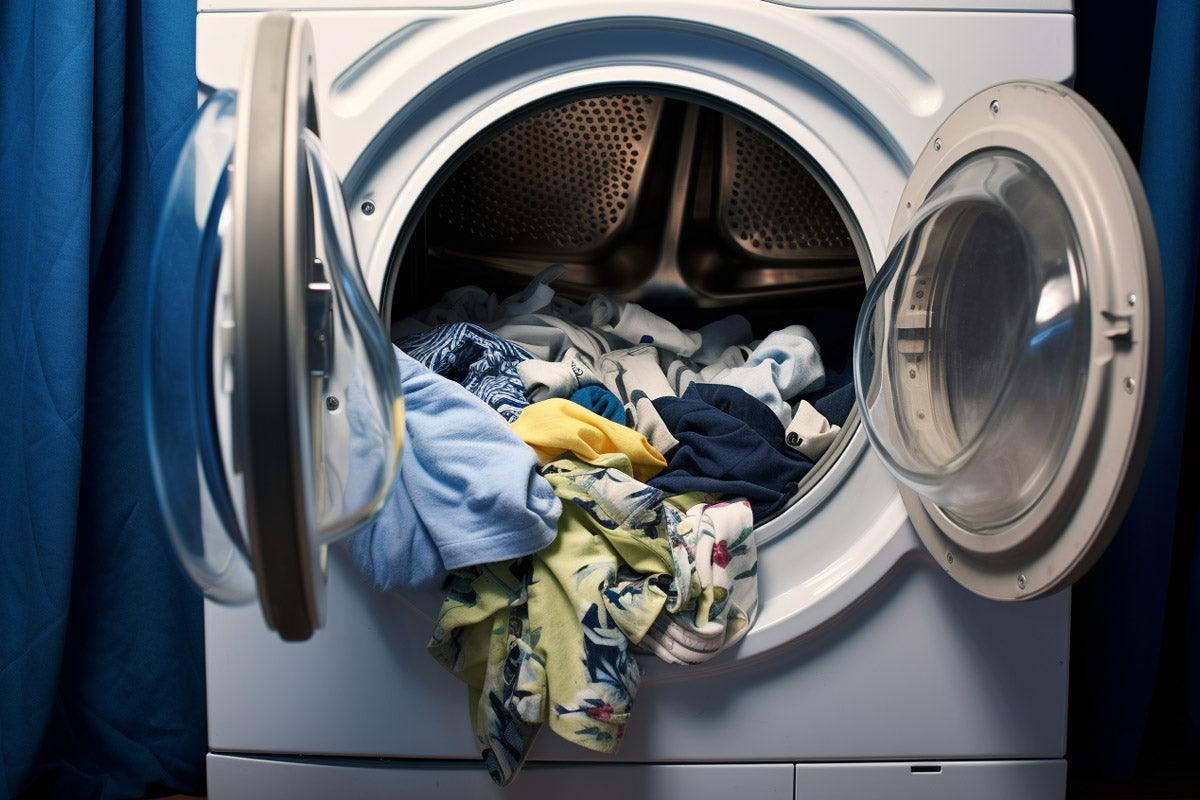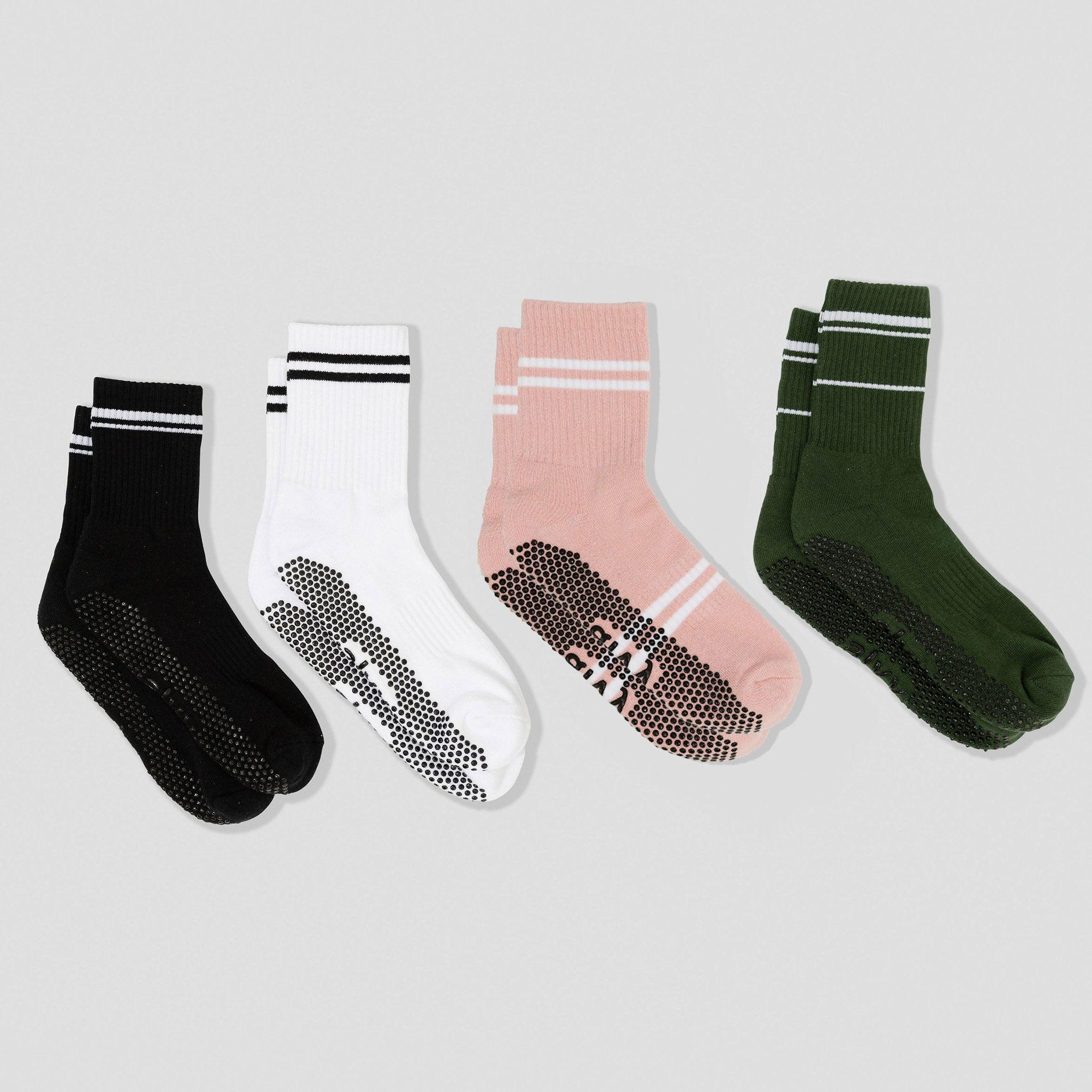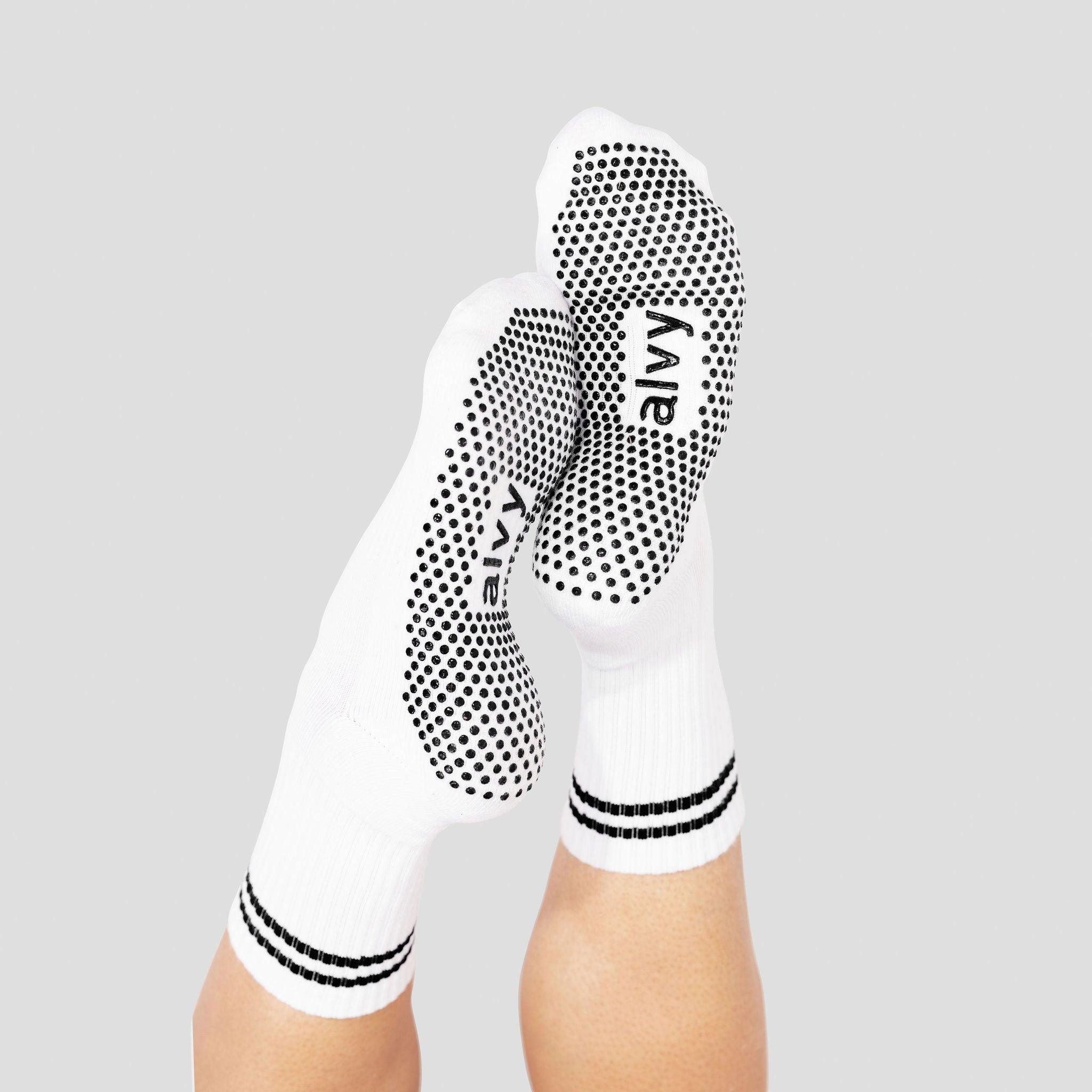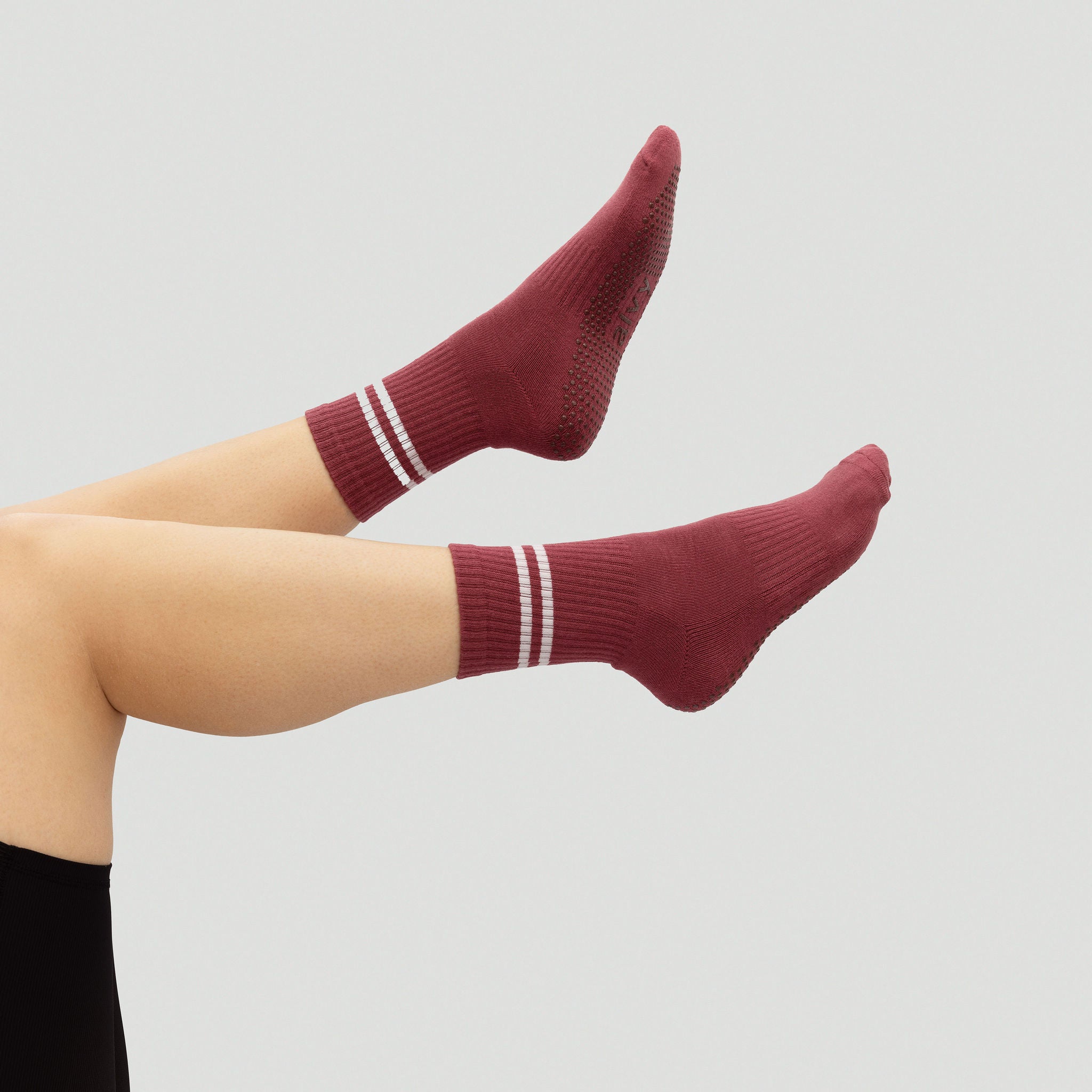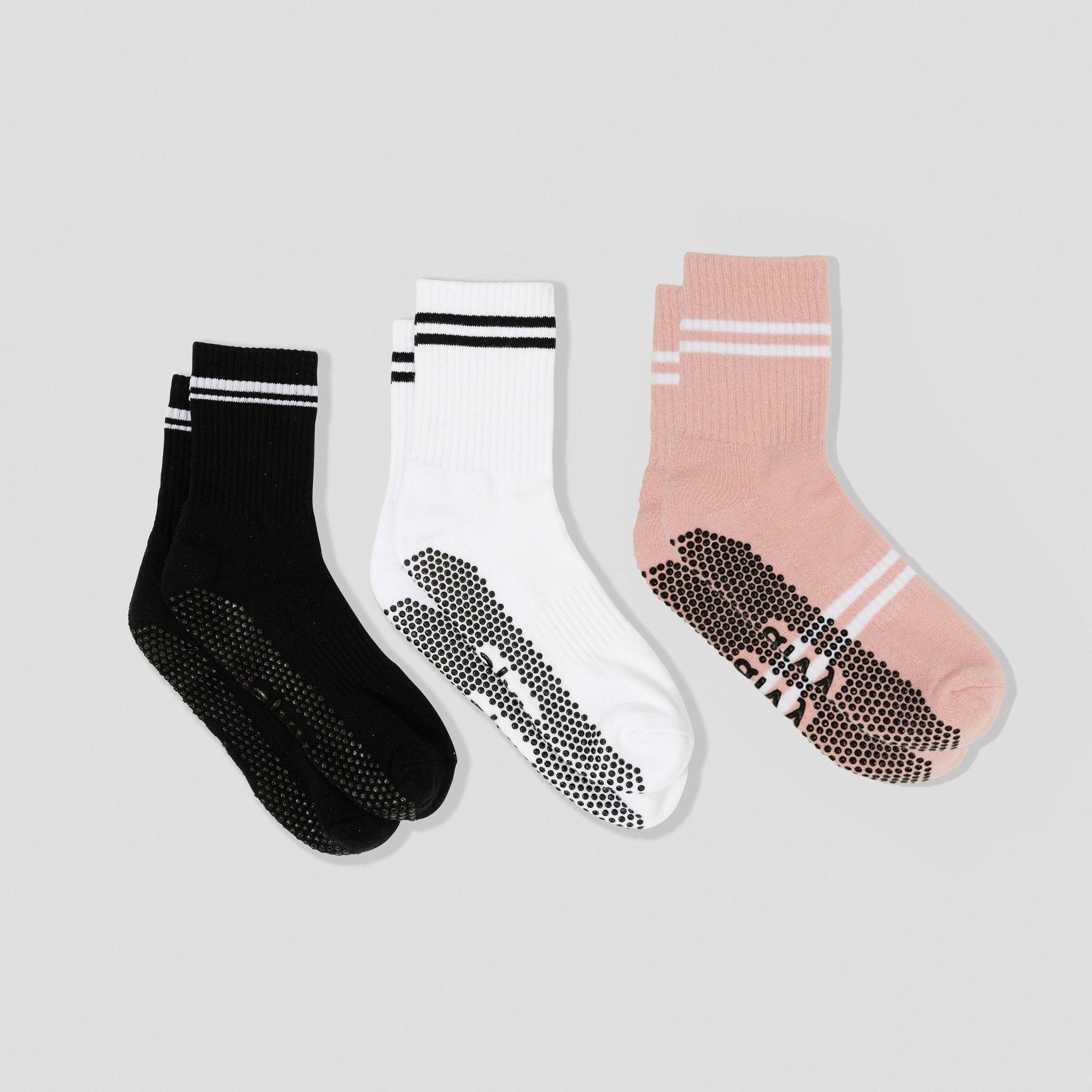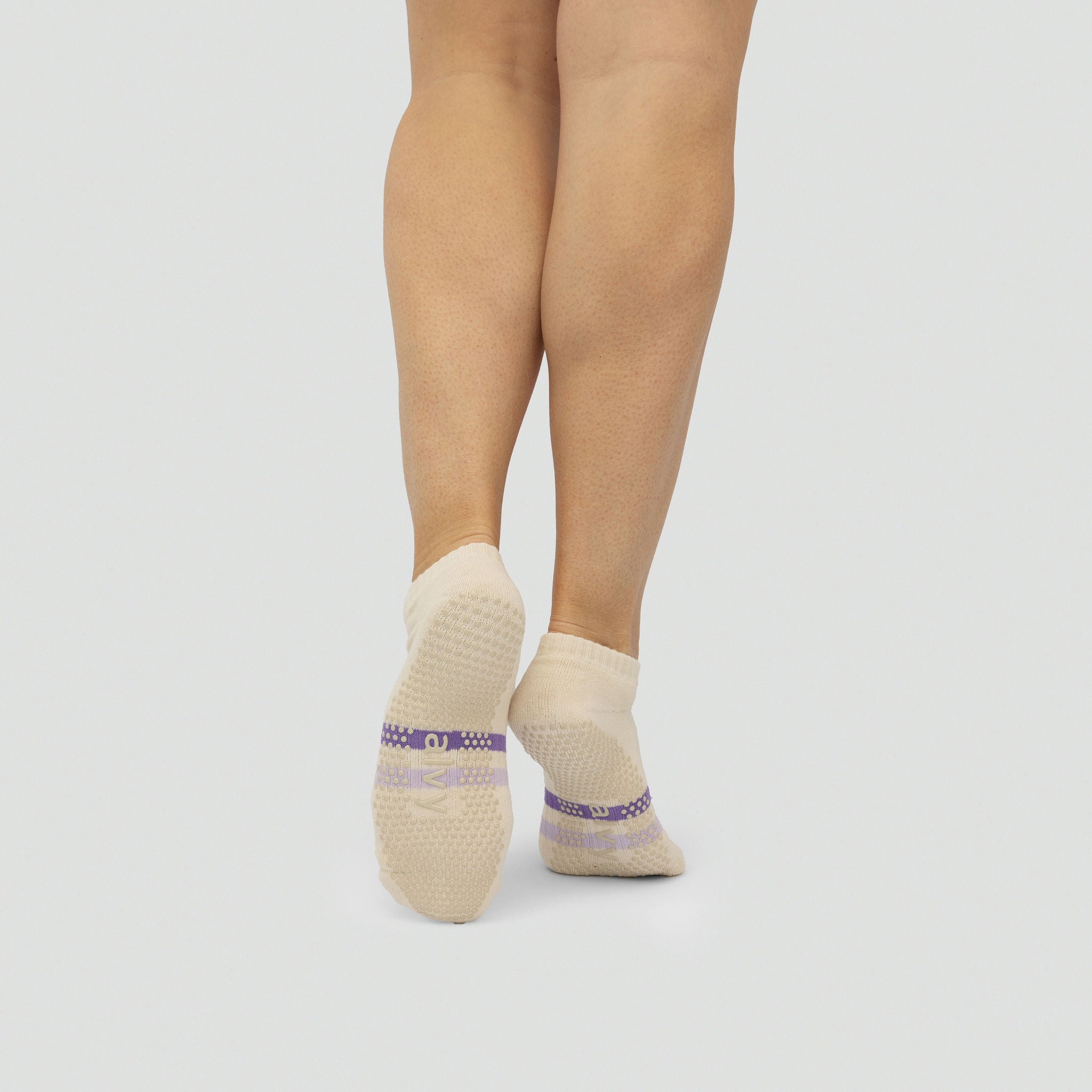Should you wear socks or go barefoot when you do Pilates? This is a common question that many people ask when they wonder what to wear at Pilates, either at home or the studio. The answer is not straightforward and depends on several factors, including your personal preference, the type of Pilates you're doing, and the equipment you're using. Some people prefer to go barefoot, while others find that wearing grip socks provides better traction and stability.
Key Takeaways:
- Whether you wear socks or go barefoot during Pilates is a matter of personal preference.
- Wearing grip socks can provide better traction and stability during Pilates, especially when using a reformer machine.
- Choose the option that makes you feel comfortable and confident during your Pilates practice.
Do You Need To Wear Socks In Pilates?
When it comes to Pilates, some people prefer to go barefoot, while others like to wear socks for added grip and comfort. Ultimately, it comes down to personal preference and what feels best for you. If you do decide to wear socks during your Pilates class, it's important to choose the right Pilates socks. Regular socks can be slippery on the mat, which can lead to accidents and injuries. That's why it's recommended to wear grip socks, also known as crew non-slip socks and low-rise grip socks. These common grip socks are specially designed to provide extra traction on the mat, so you can stay balanced and stable during your workout.
Are Grip Socks Better For Reformers?
When it comes to Reformer Pilates, there is an ongoing debate about whether it's better to wear grip socks or go barefoot. While some people prefer the barefoot approach, many experts recommend wearing socks during your Reformer sessions.
4 Reasons To Wear Socks In Pilates class
Here are some reasons why you should wear good grip socks at your next class:
1. Better traction and stability
One of the main advantages of wearing socks during your Reformer Pilates workout is that they provide extra grip and stability. The reformer machine can be slippery, and socks with grips on the bottom can help prevent slipping. This extra grip can help you maintain proper form and prevent injury. For a list of the best Pilates socks in Australia, here's a comparison article.
2. Hygiene
No one likes to use any fitness equipment covered with sweat from the last person. As such, wearing socks during your Reformer Pilates workout is more hygienic and is enforced by some studios across the country (especially during COVID-19 times). The reformer machine is used by many people, and it's important to keep it clean and hygienic. Wearing Pilates socks can help prevent the spread of germs and bacteria making it a more hygienic environment for everyone. Moreover, if you have sensitive skin, there are hypoallergic grip socks available too.
3. Comfortable to wear
Wearing socks can also provide additional comfort during your Reformer Pilates workout. Socks can help cushion your feet and prevent blisters and other foot injuries. They can also help regulate your body temperature by keeping your feet warm during colder months. ALVY grip socks for example have additional cushion at the heels to provide more comfort.
4. More stylish
Wearing socks can also be a fun way to express your personal style during Pilates. There are many different types of Pilates socks available, ranging from simple and functional to trendy and fashionable. Choosing a pair of socks that reflects your personality and style can help make your Pilates workouts more enjoyable and motivating. For example, grip socks can come in different styles, colours, and patterns to match express your personality, or match your Pilates attire. White grip socks are one of the most common colours.
Types of Socks Suitable for Pilates
When practicing Pilates, you have the option to wear socks or go barefoot. While some people prefer to go barefoot, others choose to wear socks for added grip and comfort. Here are two types of socks that are suitable for Pilates:
Grip Socks
Grip socks, also known as non-slip socks, are a popular choice as they provide extra traction on the mat. They have non-slip rubber grips on the soles that help to prevent slipping and sliding during exercises. Grip socks are especially useful if you are practicing on a wooden floor or a mat that does not provide enough grip. They are available in a variety of styles and colours, so you can choose the one that suits your taste. But you should note there are some downsides with grip socks to consider.
Compression Socks
Compression socks are designed to improve blood circulation and reduce muscle fatigue. They are made of stretchy fabric that fits snugly around your feet and legs. Compression socks come in different levels of compression, so you can choose the one that suits your needs. They are especially useful if you have poor circulation or if you are recovering from an injury.
Choosing the Right Option for You
When it comes to choosing between wearing socks or going barefoot for Pilates, there are a few factors to consider. Here are some things to keep in mind to help you make the right choice for you.
Personal Comfort Preferences
Your decision will probably be heavily influenced by your comfort and preferences. While some people like the extra grip and support that comes with wearing socks, others enjoy the sensation of being barefoot and in direct contact with the mat. Selecting the choice that best suits your comfort level will enable you to concentrate on your practice and maximise the benefits of your Pilates session.
Studio Policies and Etiquette
The rules and protocol of the Pilates studio you visit should also be taken into account. In order to aid minimise slippage and guarantee a safe practice for all participants, certain studios can request you to wear grip socks. You might be able to decide whether to go barefoot or wear socks at other studios. Make sure you enquire about and abide by your studio's policies to guarantee that everyone has a good time.
Health and Medical Considerations
Your choice may also be influenced by any health or medical issues you may have. For instance, wearing socks to protect your feet might be safer if you have diabetes or poor circulation. On the other side, going barefoot could be painful or uncomfortable if you have injuries to your ankles or feet. Before beginning a Pilates practice, it is important to discuss any worries you may have about your health or any existing medical conditions with your doctor or other healthcare provider.
So, What About Barefoot Pilates?
If you're new to Pilates, the idea of going barefoot might seem a little strange. However, it's actually quite common in Pilates classes. Here are a few reasons why (which may convince you to leave the Pilates socks at home):
Natural Movement and Strength
Going barefoot allows your feet to move more naturally, which can help improve your overall movement patterns and strength. Your feet are frequently restricted and unable to move as easily when you wear shoes. Less natural movement patterns and weaker muscles may result from this. You may strengthen your feet and enhance your range of motion by going barefoot.
Improved Proprioception
Your body's capacity to detect its location and movement in space is known as proprioception. You can feel your body more accurately in relation to the ground when you're barefoot. Your balance and coordination, which are crucial for Pilates (Yoga and Barre too), may be enhanced by doing this.
Connection to the Equipment
A reformer or Cadillac are two pieces of equipment that are frequently used in Pilates. You connect with the equipment better when you're barefoot. You can complete the exercises more successfully if you can more clearly feel the resistance and the springs.
Frequently Asked Questions
Should grip socks be worn for Pilates, or are regular socks sufficient?
While it is not required to wear socks during Pilates sessions, some people prefer to wear grip socks for added traction and stability. The small rubber dots on the sole provide extra grip on the mat which is a benefit. This can be especially helpful if you tend to slip or slide during certain exercises. However, regular socks can also be worn if you do not have grip socks available. Here's a detailed comparison of grip socks vs normal socks when it comes to Pilates, yoga, or Barre.
Are shoes required when participating in Pilates sessions?
No, shoes are not required for Pilates sessions. Most Pilates exercises are performed barefoot or in grip socks. This allows for better connection to the floor and more control over movements. Additionally, wearing shoes can make it more difficult to perform certain exercises, such as those that require pointing and flexing the feet, and is not recommended at all. In fact, it can even increase the likelihood of injury due to slipping.
Is performing Pilates without footwear more beneficial?
There is no clear consensus on whether performing Pilates without footwear is more beneficial than wearing socks or grip socks. Some people believe that going barefoot allows for better proprioception, or awareness of one's body in space, and can help strengthen the muscles of the feet and ankles. However, others prefer to wear socks or grip socks for added traction and stability.

